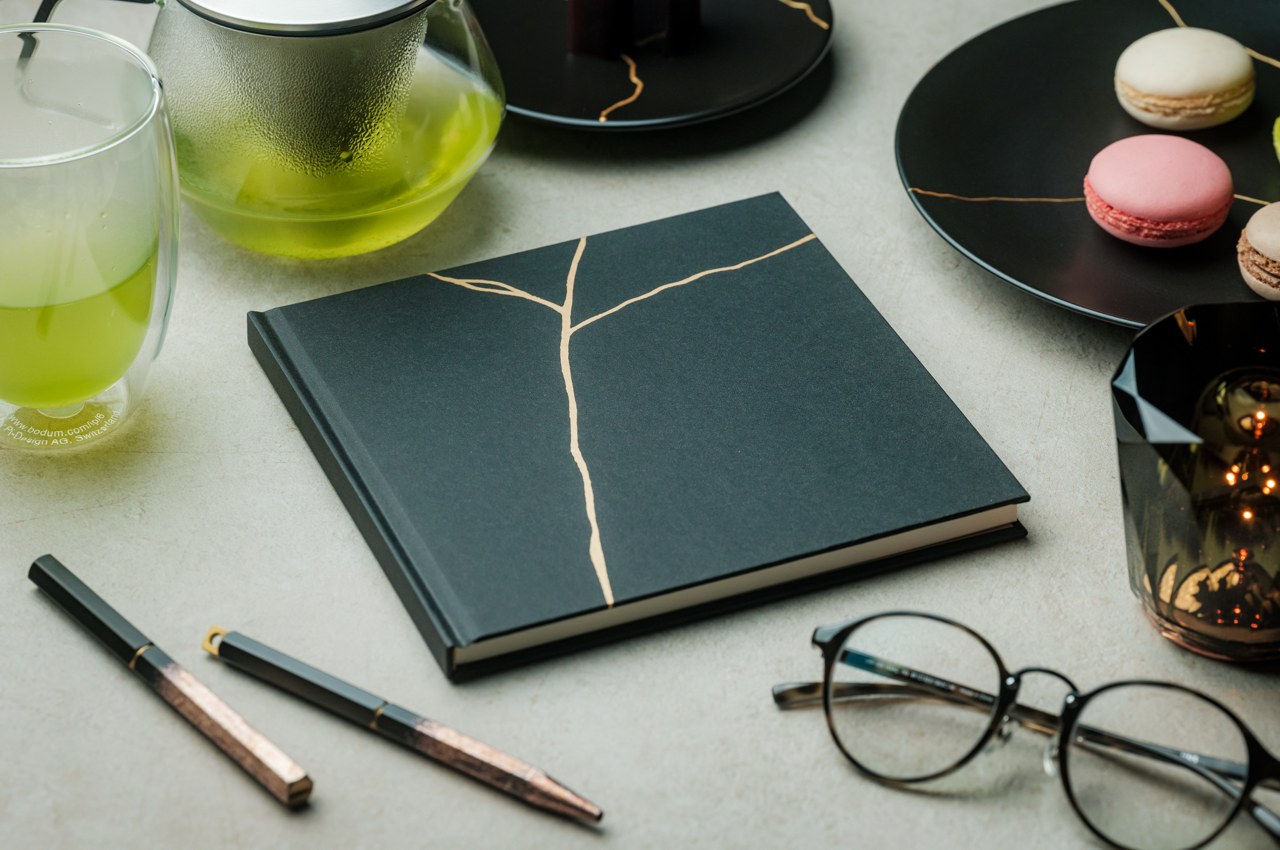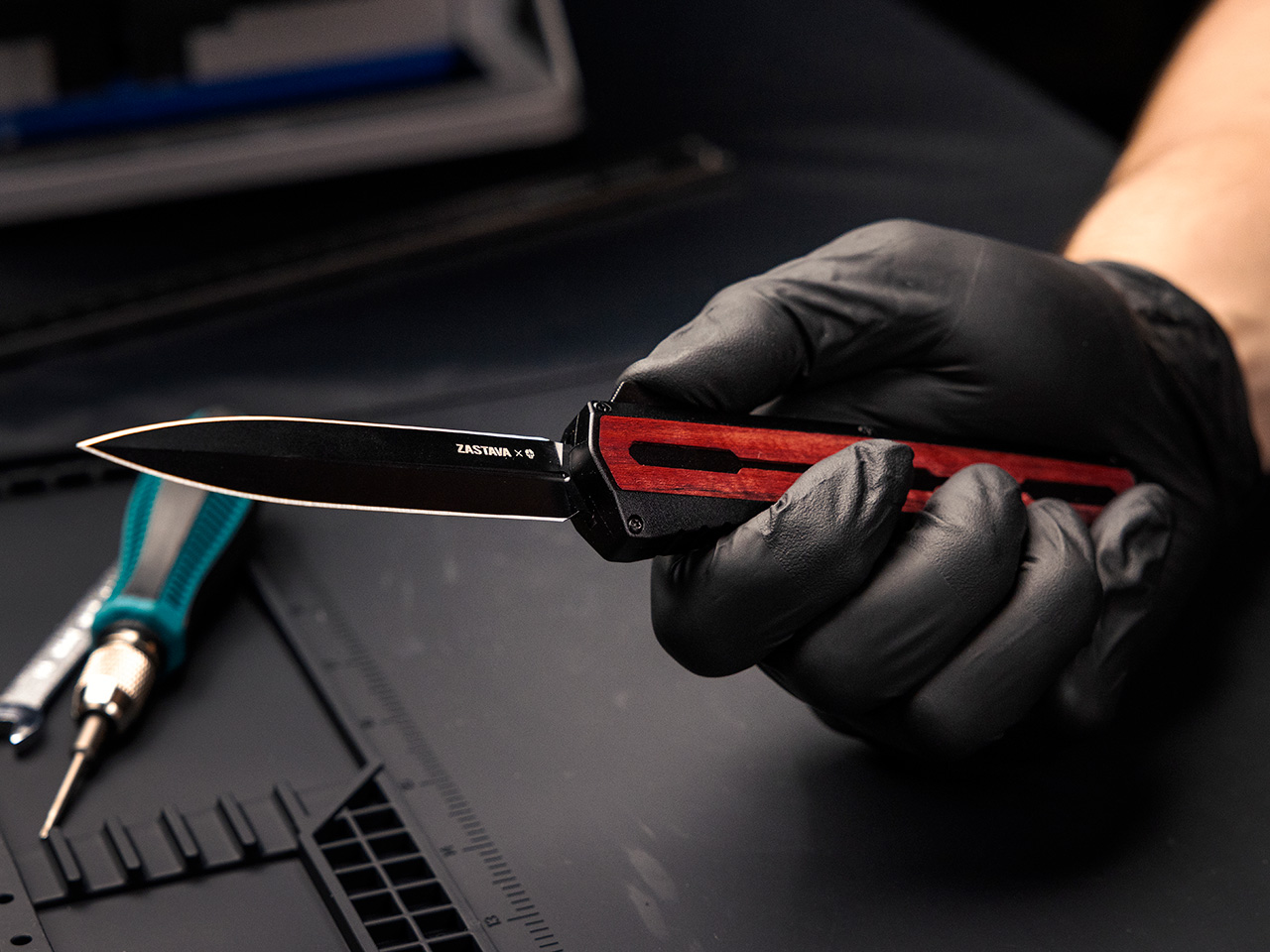
AI is fast becoming a thing on desktop and laptop computers, even on those devices that aren’t used for heavy computation or heavy content creation. Whether it’s generating images for inspiration, making sense of documents, or optimizing performance, AI is starting to become a prevalent presence in computing, but those features seem to benefit only those with enough resources to spend on a powerful but pricey rig. Good technology shouldn’t just be for a select few, and ASUS is working with Qualcomm to make not just AI but multi-day battery life more accessible to everyone with new mobile computers powered by the new Snapdragon X Plus.
Designer: ASUS

ASUS ProArt PZ13
Right at the top of that list is the new ASUS ProArt PZ13, first shown off at Computex back in June. It’s a 2-in-1 tablet with a detachable keyboard cover and kickstand, not unlike some of the popular designs for these portable PCs. What makes it extra special is the silicon inside, the Qualcomm Snapdragon X Plus, an octa-core variant of the chipmaker’s latest line that targets not smartphones that run Android but Windows computers. What it lacks in raw power compared to the Snapdragon X1 Elite it makes up for in a balanced performance per watt, delivering long battery life while still supporting AI features thanks to its Neural Processing Unit (NPU) and integrated graphics processor.


As part of ASUS’ ProArt family, the ProArt PZ13 caters to digital content creators like designers, artists, streamers, and writers. These users benefit from the computer’s highly portable design, only 9mm thick and weighing only 1.87 lbs. The 70Wh battery makes the lack of nearby power outlets less of a worry, especially if you can charge it via USB-C. The IP52 dust and water resistance, along with MIL-STD-810H certification, also takes away some of the fear when using this AI-powered creativity machine outside of your office or home. And with the same sleek Nano Black coating we saw on the ASUS ProArt PX13, you will definitely want to show it off outdoors.

Of course, as a creative tool, the screen is a critical factor, and the ProArt PZ13 doesn’t disappoint with its bright and vibrant 13.3-inch 3K (2880×1800) Lumina OLED display. ASUS lets you control every aspect of that display, from the color gamut it uses down to color calibration. The ProArt PZ13 also includes a suite of software that really showcases its AI chops, including StoryCube for managing photos and videos. Creativity no longer has to be tethered to desks and power outlets thanks to the ASUS ProArt PZ13 and Snapdragon X Plus.


ASUS Vivobook S 15 (S5507)


Those who want a more traditional laptop form factor will be happy with the ASUS Vivobook S 15, also powered by that Snapdragon X Plus AI process and boasting more than 18 hours of uptime with its 70Wh battery. The 15-inch 3K 120Hz Lumina OLED screen will also delight content creators who need precise and accurate color reproduction, especially with support for 100% of the industry standard DCI-P3 gamut. A plethora of connectivity options, both wired and wireless, make working anywhere a breeze, and its slim and stylish design makes it a joy to bring out in public.




Best of all, these two Snapdragon Windows computer carry accessible price tags that make them tempting options for your next mobile computer. The ASUS Vivobook S 15 (S5507) will start at $899.99, while the ProArt PZ13 starts at $1,099.99.

The post ASUS ProArt PZ13, Vivobook S 15 with Snapdragon X Plus make AI more accessible first appeared on Yanko Design.












































































